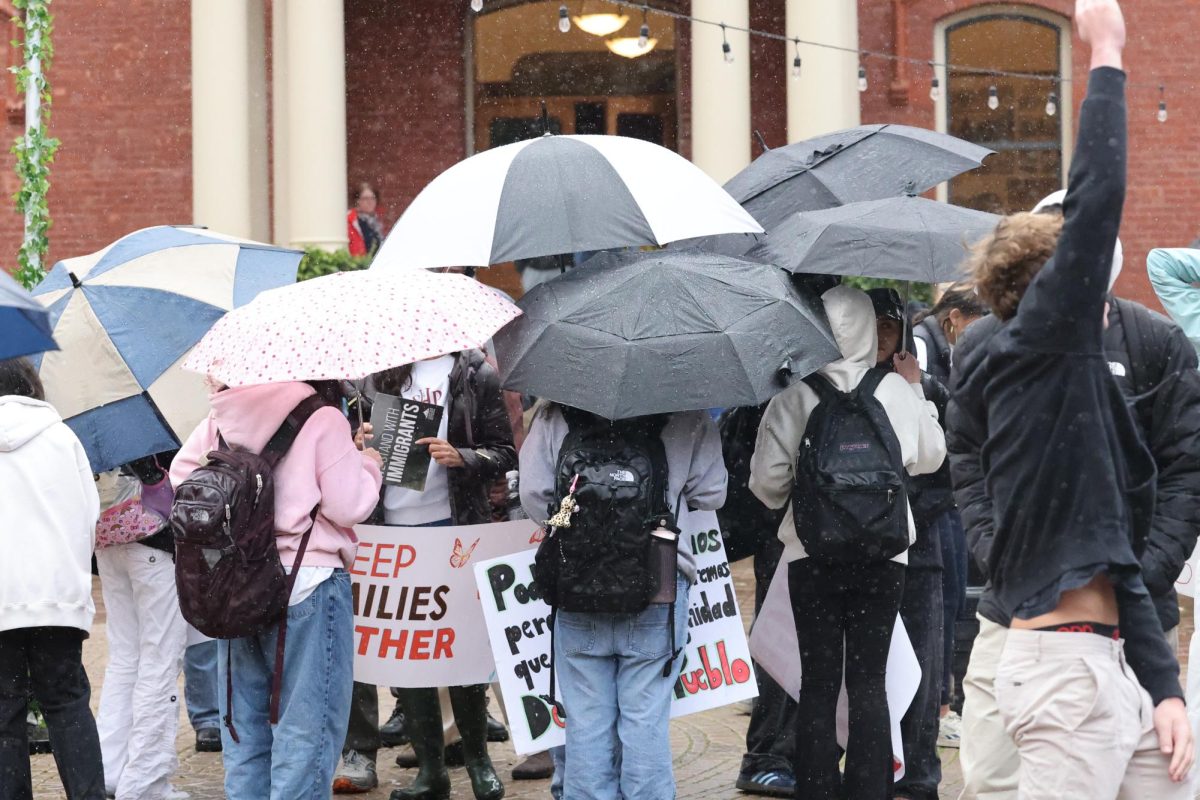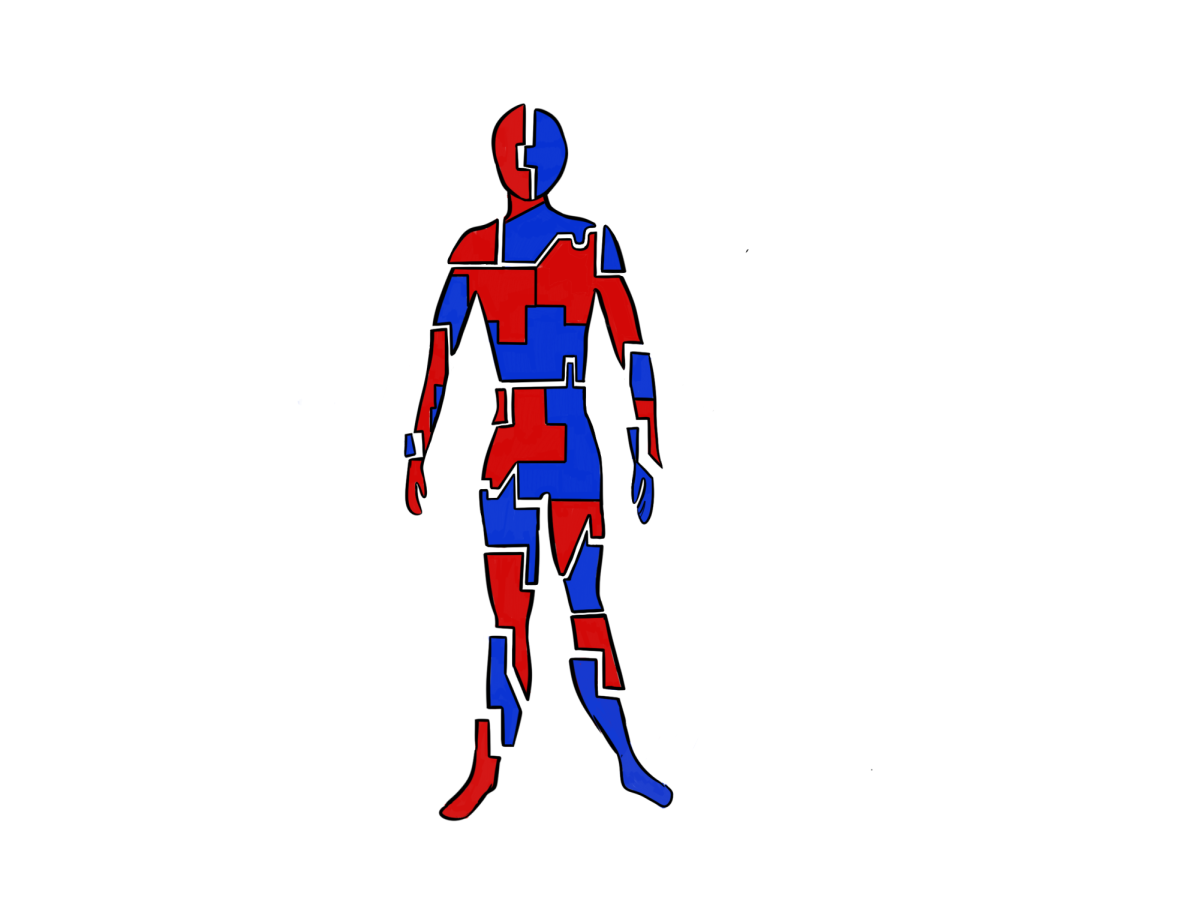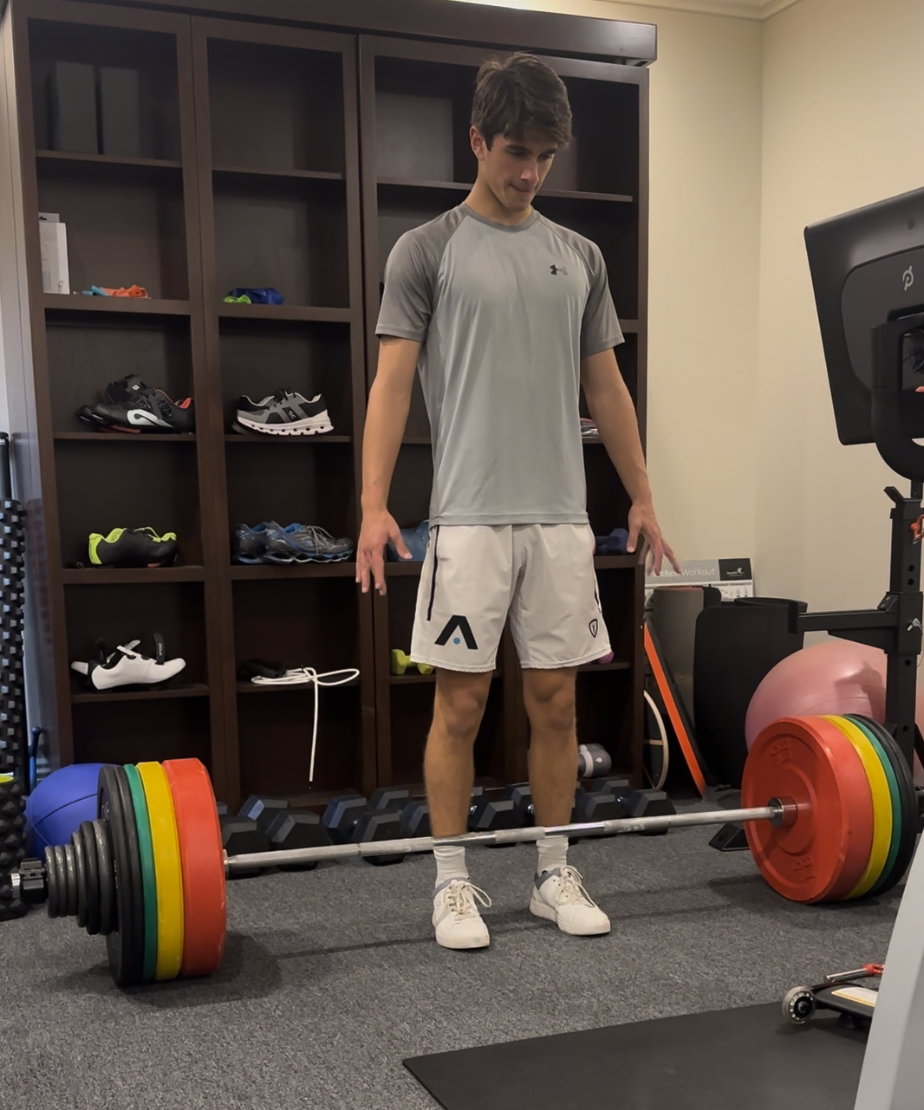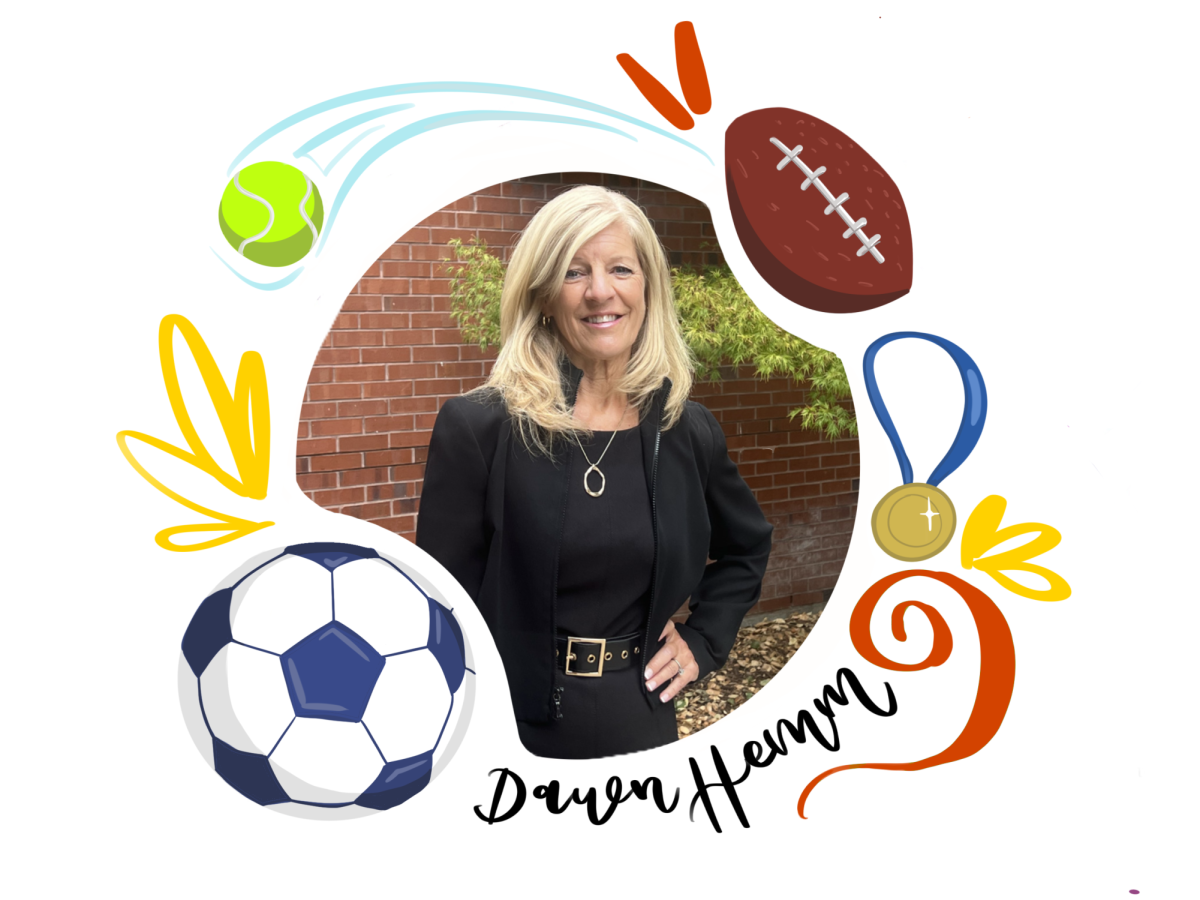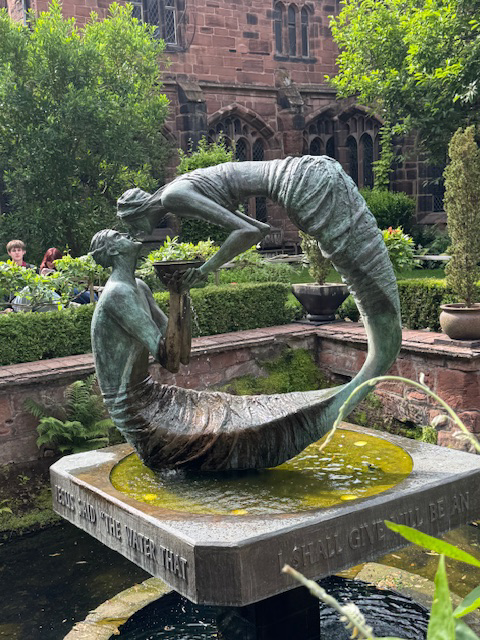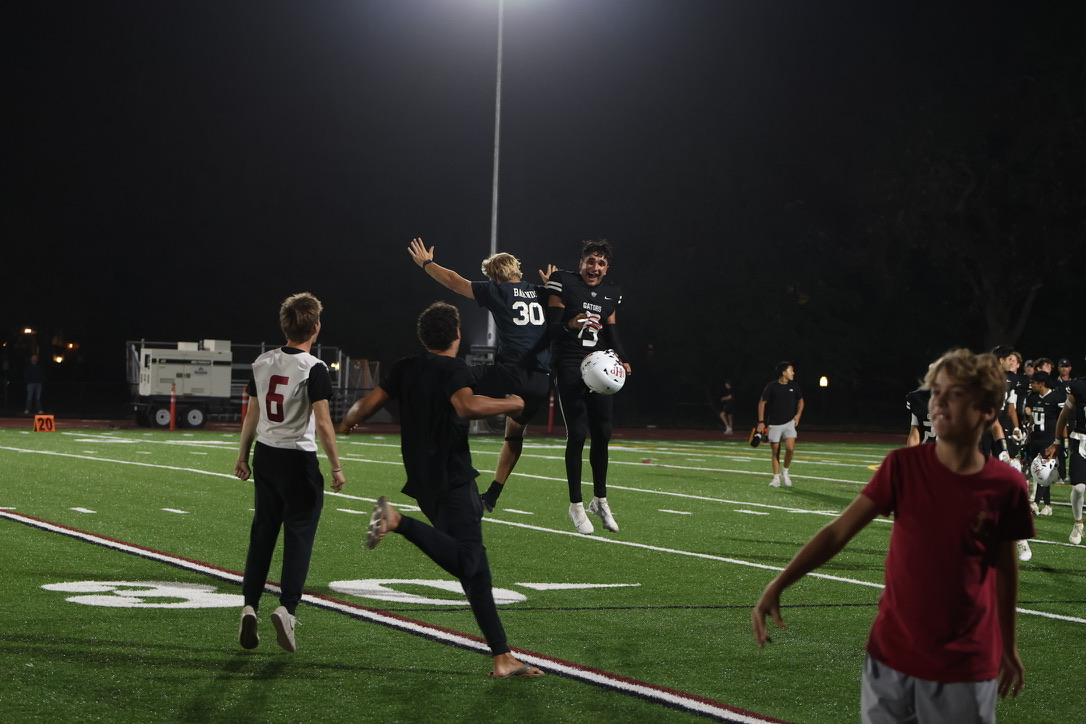“I don’t understand why the government is allowed to do this.” These were some of the first words I heard talking to Karen Gonzalez Arias ‘27 about the recent Supreme Court ruling of Vasquez Perdomo v. Noem, which allowed ICE agents to stop a pedestrian based on their appearance, skin color, and behavior. This is not okay.
From the start of his presidential career, Trump’s policies regarding immigration have greatly inhibited people’s freedom of movement and terminated visas. Homeland Security specifically states, “the Trump Administration announced a proposed rule that, if finalized, would limit the length of time certain visa holders – including foreign students– are allowed to stay in the United States.” Additionally, Trump called for, “expedited removal,” a sped-up deportation process previously only used at the border, to also begin taking place inside the country. As a result, people have also been forced to return to unsafe countries they might not recognize. The American Immigration Council stated that “the president indefinitely [suspended] the U.S. Refugee Admissions Program.” This was one of Trump’s first executive orders when back in office in 2024. It essentially means that thousands of refugees across the seas will remain there even though it endangers their safety. These situations make it easy for immigrants to be taken advantage of and for their rights to be violated. With new policies comes a different emphasis on the usage of ICE. Less concerned with what’s legal, they instead choose to follow what Social Science Department Head, Mrs. Lindsay Phillips, calls an “act first, ask questions later” approach towards enforcement.
There are few paths to asylum. The CBP One app, previously a portal for immigrants to schedule asylum trials, has been remodeled into a glorified self-deportation app. It allows undocumented immigrants to travel back to a country they have citizenship in for free. But this fails to recognize the real situation: immigrants can’t return home for fear of violence, persecution, and other dangers. Furthermore, nearly all refugee programs have been suspended. Hence, it’s pertinent that everyone knows their legal rights. Phillips points towards the Immigrant Legal Resource Center, an organization that helps immigrants understand laws and policies that affect them.
We often forget that crossing the border is a civil offense, not a felony. We also often forget that immigration policies deal with the lives of real people who live, cry, laugh, love, and contribute within our very communities. That’s why the language we use is incredibly disheartening. It’s become increasingly popular to describe undocumented immigrants as “illegal aliens,” often citing them as foreigners, strangers and threats.
The term “alien” is harmful for many reasons. Namely, it solidifies a negative “us” versus “them” agenda that dehumanizes and furthers a divide. The broadly negative term of “illegal immigration” also undermines nuance in the individual context of immigration. That’s why it’s essential to consider the narrative of the immigrant we consume. Religion teacher Ms. Jessica Mueller says, “Immigrants are people who have so much that shape them. They are full of love, community, and capacity just like any one of us.” She emphasizes the importance of recognizing an individual’s journey saying, “it’s about experiential education, not just at the intellectual level, but like actually knowing people’s stories, knowing people’s aspirations, and understanding root causes.” Are you the type of person that undocumented immigrants can tell their stories to?
I keep thinking about the slogan I hear often: “Immigrants make America.” It holds a lot of truth. Without Chinese immigrants and their role in constructing the transcontinental railroad, the West would not have been connected to the United States. We also owe Silicon Valley to the undocumented workers who built the Silicon chips that became the basis for our advancements in technology. “Immigration is woven into the American story,” says Phillips.
The real question is: what can we do to help? And there is no easy answer to this, but everything counts. Last year, there was a walkout that many students from SHP attended. Karen Gonzalez Arias ‘27 describes it, “I developed three blisters on the walkout, [walking about 3.8 miles], but it was worth it. Participating in something bigger than yourself just feels right.”
In Warsan Shire’s poem “Home” she writes, “no one leaves home unless home chases you / fire under feet.” No one wants to leave home. It’s not something decided on a whim. It’s a hard decision born from countless nights of struggle. All immigrants in America deserve better laws that protect their rights and uphold their dignity. Let’s start by telling the right stories. As Mueller says, “it’s up to us to change the narrative.”


